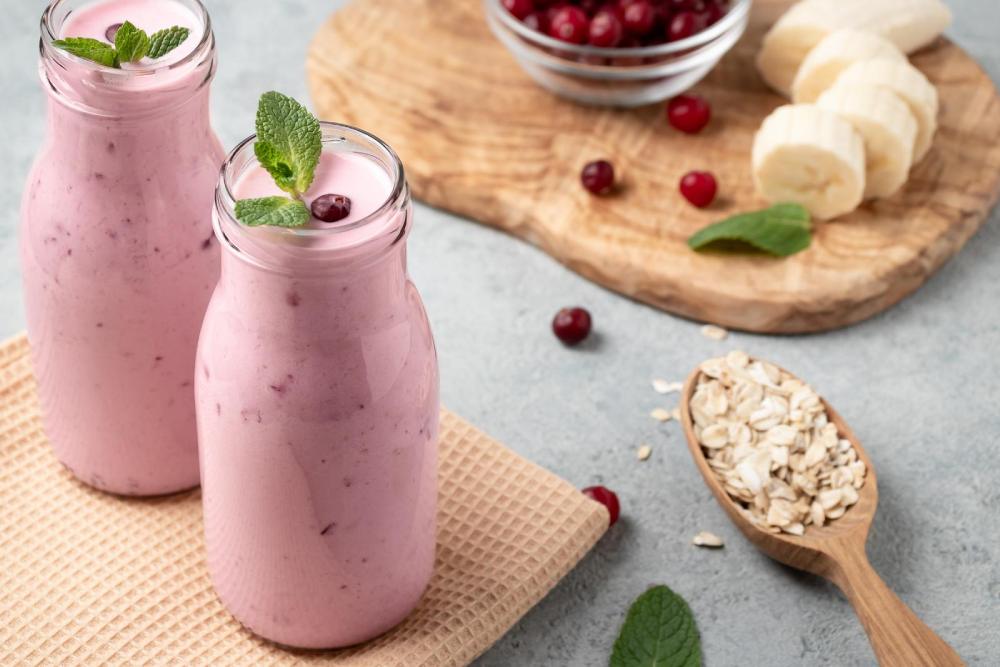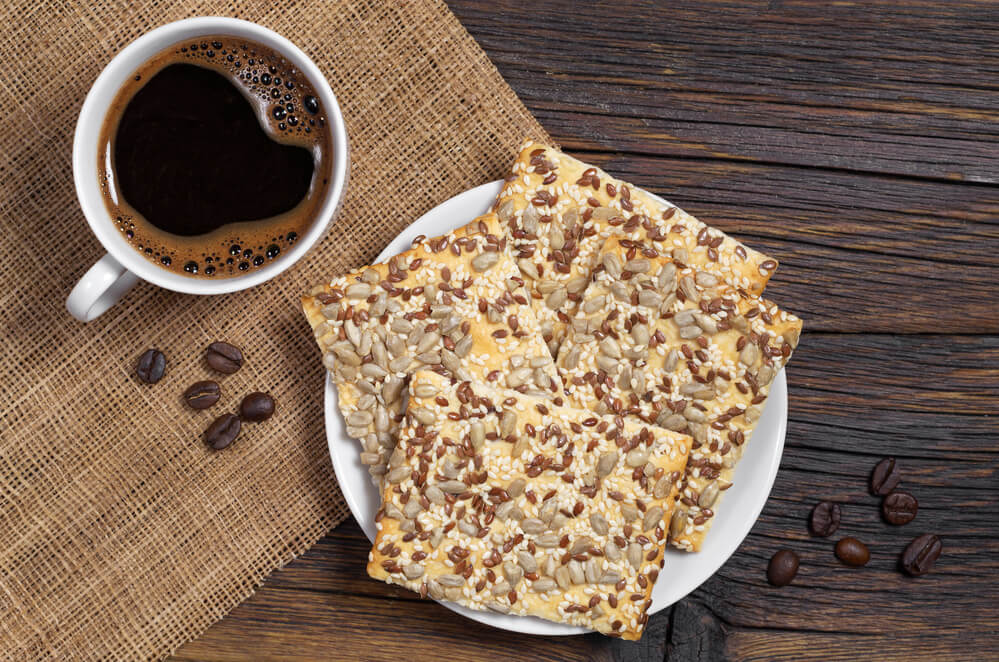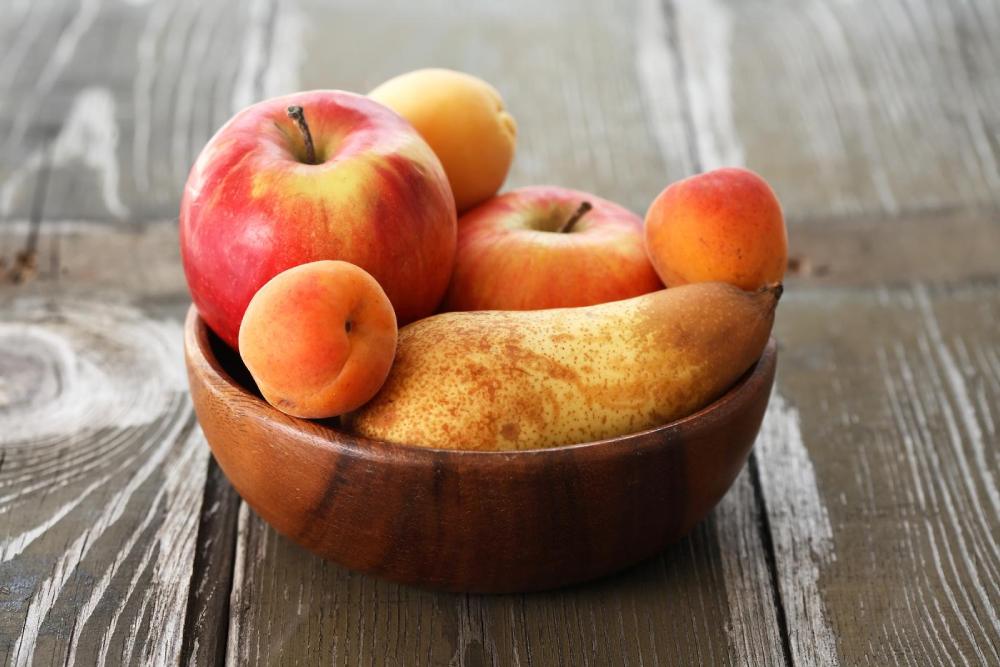Wondering, “what should I eat before hot yoga?” We’ll go over the best snacks to eat before (and after) hot yoga.
If you have ever left your hot yoga class and felt slightly off, it may have to do with what you did (or didn’t) eat before your class. Biram hot yoga is a rigorous exercise, and you need to plan accordingly. You should eat a light meal of fruits and veggies, healthy fats, protein, and whole grains before hot yoga to ensure you’re energized.
While it can take time to figure out exactly what works for you and your body, there are some guidelines and best practices you can follow to make the most of your yoga class. Check out our guide on what should you eat before a regular yoga class.
Contents
What Should I Eat Before Hot Yoga?
Fruit And Veggies
You can cut up some apples or melons to enjoy before hot yoga. The natural sugar in the fruit will give you much-needed energy and help you concentrate. Bananas are rich in sodium and potassium, which help to restore the electrolytes you’ll lose from sweating in your hot yoga class.
Here are some more ideas:
- Apple slices with peanut butter
- Bananas
- Orange slices
- Carrots with hummus
- Raisins
- Dates
- Plums
- Peaches
- Apricots
- Sweet potatoes
Healthy Fats
Healthy fats are also excellent for your light meal before hot yoga, and fat can help you feel satiated. You might also find our explainer on how hard is hot yoga useful as well as does hot yoga help you lose weight.
- Green leafy salad drizzled with olive oil
- Avocado
- Nuts
- A small piece of dark chocolate
Protein

- Whole grain English muffin with peanut butter
- Yogurt smoothie with whole grain granola
- Nut butter with whole grain toast
- Turkey and cheese rollups
- Scrambled eggs
Whole Grains
Whole grains are another excellent option because, like fruit, whole grains have carbohydrates that give you energy.
- Oatmeal topped with nuts
- Brown rice
- Quinoa
- Rice cakes
When To Eat Before Hot Yoga
As important as what to eat before hot yoga is when to eat before hot yoga. Most experts recommend eating at least two to three hours before a yoga class. This gives your body time to digest food and avoid undesirable stomach upset.
Exercising and digesting food at the same time puts unnecessary stress on your body. Moreover, you can’t reap the full benefits of hot yoga if your body is also working to digest food.
You might also find our guide on what to bring to yoga class helpful.
Things To Avoid Before Hot Yoga

Now that you know what to eat before hot yoga let’s go over what you need to avoid.
- Excessive caffeine
- Alcoholic beverages
- High-fiber foods that can make you bloated
- Refined carbs
- Fatty, heavy foods
- Any heavy foods that are slow to digest
What To Eat After Hot Yoga
Now that you’ve finished your hot yoga class, what should you eat after hot yoga? Any of these examples are ideal post-workout foods.
- Grilled chicken tacos with whole grain tortillas
- Egg white omelet with Swiss cheese and veggies
- Turkey sandwich on whole grain bread with sliced tomatoes, lettuce leaves, mustard, and other vegetables
- Raw oats with fruit
- Avocado toast
- Arugula chicken salad
For recovery, you need to be sure you’re eating a solid combination of healthy fats, carbohydrates, and protein. If you liked this post, you might also be interested in our guide on how often you should do hot yoga.
FAQs About What Should I Eat Before Hot Yoga?
What Should I Eat The Day Of Hot Yoga?
Keep your pre-workout meals light and simple when you’re going to a hot yoga class. Healthy fats, fruits, and veggies are all great options to eat before hot yoga.
After hot yoga, consume recovery foods such as lean proteins, whole grains, and vegetables.
Can I Do Hot Yoga On An Empty Stomach?
Technically, you can do hot yoga on an empty stomach. However, you’ll reap more of the benefits of yoga if you have some food a couple of hours before your class. The food will settle your stomach and give you the energy to power through your hot yoga class.
What Should I Do After Hot Yoga?
After a hot yoga class, the most important thing to do is hydrate. Don’t just chug loads of water; hydrate slowly. Then, eat a light meal that has lean protein, veggies, and healthy fats.



